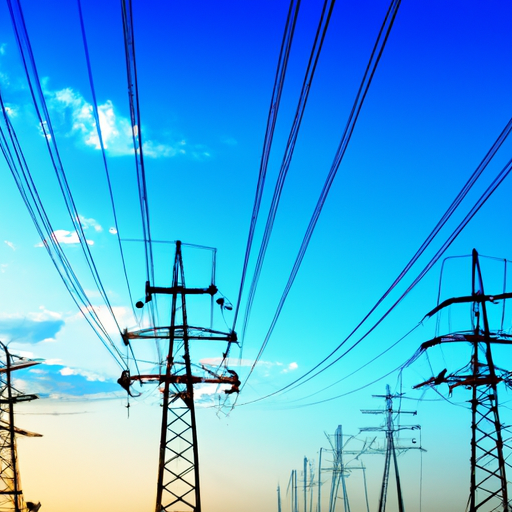Utility Industry Trends
In the ever-evolving landscape of the utility industry, staying informed about the latest trends is crucial for professionals and consumers alike. From advancements in renewable energy to the growing importance of digital transformation, this article provides a concise overview of the key trends shaping the utility industry today. Whether you’re a seasoned industry veteran or someone looking to understand the current landscape, this article will equip you with the knowledge to navigate the dynamic world of utilities.
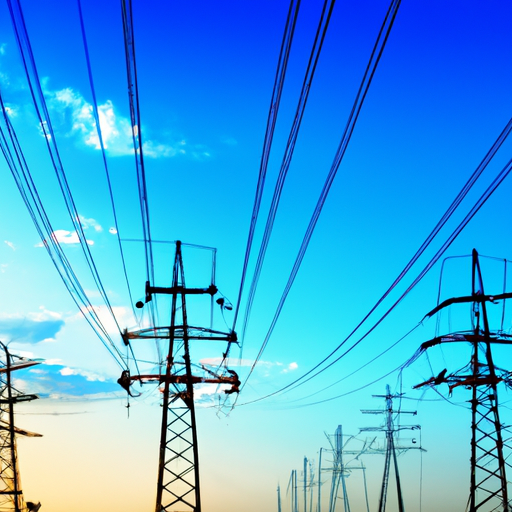
Table of Contents
Renewable Energy
Increasing adoption of renewable energy sources
The adoption of renewable energy sources has been steadily increasing in recent years. As societies become more aware of the environmental impact of traditional fossil fuel-based energy generation, there has been a shift towards cleaner, greener alternatives. Solar and wind energy have emerged as the frontrunners in the renewable energy sector due to their sustainable and abundant nature. Governments and organizations worldwide are investing in solar and wind farms and incentivizing individuals and businesses to install solar panels and wind turbines on their properties.
Advancements in solar and wind energy technology
One of the main factors behind the increasing adoption of renewable energy is the continuous advancements in solar and wind energy technology. Innovations in solar panel efficiency and cost-effectiveness have made them more attractive to consumers. Similarly, wind turbines have become more efficient and reliable, leading to higher energy output and lower maintenance costs. These technological advancements have made solar and wind energy more accessible and affordable, driving their widespread adoption across the globe.
Government support and policies promoting renewable energy
Government support and policies have played a crucial role in promoting the use of renewable energy sources. Many countries have implemented renewable energy targets and introduced favorable policies to encourage investment in clean energy infrastructure. Governments offer incentives such as tax credits, grants, and feed-in tariffs to individuals and businesses generating renewable energy. Additionally, renewable portfolio standards require utilities to source a certain percentage of their energy from renewable sources. These measures create a conducive environment for the growth of renewable energy and contribute to reducing greenhouse gas emissions.
Energy Storage
Growing importance of energy storage solutions
Energy storage solutions are becoming increasingly important in the utility industry. As the share of renewable energy in the grid increases, the intermittent nature of solar and wind power poses challenges in maintaining a stable electricity supply. Energy storage technologies such as batteries provide a way to store excess energy generated during periods of high production and release it during times of high demand. This helps in balancing the grid, ensuring a reliable and consistent power supply.
Advancements in battery technology
Advancements in battery technology have significantly contributed to the growth of energy storage solutions. Lithium-ion batteries, in particular, have experienced significant improvements in terms of energy density, cost, and lifespan. These advancements have resulted in the development of utility-scale battery storage systems that can store large amounts of energy and discharge it as needed. Longer-lasting batteries are also being used in electric vehicles, further promoting the integration of renewable energy sources with transportation.
Integration of energy storage in utility infrastructure
Energy storage systems are being integrated into utility infrastructure to optimize the grid. By strategically locating energy storage facilities, utilities can mitigate grid instability, smooth out fluctuations in energy supply and demand, and reduce transmission congestion. Additionally, energy storage systems can act as backup power sources during outages, improving grid reliability and resiliency. The integration of energy storage also enables utilities to take advantage of time-of-use pricing, by charging the batteries during off-peak hours and discharging the stored energy during peak demand, ultimately reducing costs for both utilities and consumers.
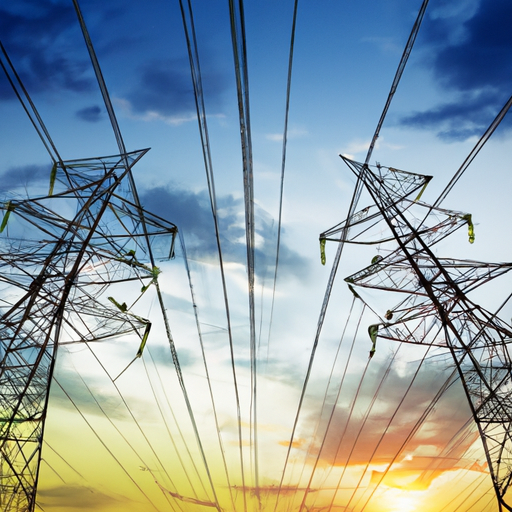
Smart Grid
Deployment of smart grid technology
The deployment of smart grid technology is revolutionizing the traditional electricity grid. Smart grids use advanced sensing, communication, and control technologies to gather and analyze real-time data on energy consumption, generation, and distribution. This data allows utilities to make informed decisions, optimize energy flow, and improve system efficiency. Smart meters, for instance, provide consumers with real-time information on their energy usage, helping them make more conscious choices about their energy consumption.
Enhanced grid monitoring and control systems
Smart grid technology enables enhanced grid monitoring and control systems, allowing utilities to detect and respond to anomalies in real-time. The grid monitoring sensors collect data on voltage, current, and frequency, detecting any disruptions or faults in the distribution system. The control systems then allow utilities to remotely or automatically take necessary actions to restore power, isolate faults, and reduce downtime. This proactive approach to grid management improves reliability and reduces outage durations, resulting in better overall customer satisfaction.
Optimization of energy distribution and demand response
One of the key advantages of smart grids is the ability to optimize energy distribution and implement demand response programs. With real-time data on energy consumption and generation, utilities can identify areas of high demand and adjust the distribution accordingly to avoid overloading the grid. Furthermore, smart grids enable utilities to implement demand response programs, incentivizing customers to reduce their energy consumption during peak hours. This not only helps alleviate strain on the grid but also encourages consumers to participate in sustainability efforts and reduce their carbon footprint.
Digitalization
Digital transformation of utility operations
The utility industry is undergoing a digital transformation, with companies increasingly leveraging digital technologies to streamline their operations. From automated meter reading to advanced analytics platforms, utilities are embracing digital solutions to improve efficiency, reduce costs, and enhance customer experience. Digitalization allows utilities to automate manual processes, eliminate paperwork, and optimize workflows, ultimately leading to faster response times and improved service quality.
Use of IoT and data analytics for efficient asset management
The Internet of Things (IoT) and data analytics play a pivotal role in efficient asset management for utilities. IoT devices such as sensors and smart meters collect real-time data on asset performance, enabling utilities to monitor infrastructure health, predict failures, and schedule preventive maintenance. Data analytics platforms analyze the collected data, identifying patterns and anomalies, and providing actionable insights for asset optimization. This proactive approach to asset management helps utilities reduce downtime, extend asset lifespan, and optimize maintenance costs.
Customer engagement through mobile apps and online platforms
Digitalization has transformed the way utilities engage with their customers. Mobile apps and online platforms allow consumers to manage their accounts, monitor their energy usage, and receive real-time updates from their utility providers. These platforms offer personalized energy insights, tips for energy conservation, and even allow users to set energy usage goals. By facilitating direct communication between utilities and customers, digital solutions enhance transparency, strengthen customer relationships, and empower consumers to make informed decisions about their energy consumption.
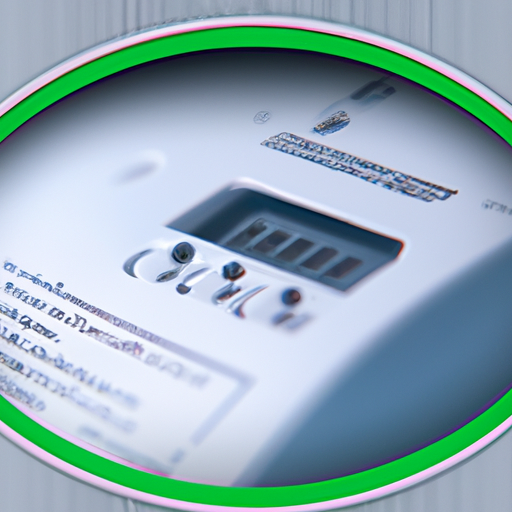
Electrification of Transportation
Rise of electric vehicles and charging infrastructure
The electrification of transportation is gaining momentum as electric vehicles (EVs) become increasingly popular. Governments and organizations around the world are promoting the adoption of EVs to reduce greenhouse gas emissions and dependence on fossil fuels. Increasingly, countries are setting targets to phase out conventional combustion engine vehicles and offering incentives for the purchase of electric vehicles. Alongside the rise of EVs, the development of charging infrastructure is also crucial in supporting the widespread adoption of electric vehicles.
Integration of EVs with the grid
The integration of electric vehicles with the grid presents both opportunities and challenges. Electric vehicles can act as decentralized energy storage systems, allowing excess energy to be utilized and fed back to the grid during peak demand. Vehicle-to-Grid (V2G) technology enables the two-way flow of electricity between EVs and the grid, providing benefits such as grid stabilization, reducing strain on the electricity grid, and enabling cost-effective charging. However, it also poses challenges in terms of managing the increased demand on the grid and ensuring sufficient charging infrastructure availability.
Impact on energy demand and load management
The widespread adoption of electric vehicles will have a significant impact on energy demand and load management. With the increased electricity consumption from charging EVs, utilities need to plan for additional grid capacity and implement load management strategies to avoid grid congestion. Time-of-use rates and demand response programs can be used to incentivize EV owners to charge their vehicles during off-peak hours, minimizing the strain on the grid during peak demand periods. Smart grid technologies and advanced metering infrastructure provide the necessary tools for utilities to monitor and manage the increased energy demand from electric vehicles effectively.
Decentralization
Shift towards decentralized energy generation
The utility industry is undergoing a shift towards decentralized energy generation, moving away from the traditional model of centralized power plants. Decentralized energy generation involves the generation of electricity at smaller-scale, localized sources such as rooftop solar panels, small wind turbines, and microgrids. This shift is driven by factors such as the availability of renewable energy sources, advances in technology, and the desire for energy independence and local resilience.
Microgrids and distributed energy resources
Microgrids are a key component of decentralized energy generation. These localized energy systems can operate independently or in coordination with the main grid, providing reliable and resilient power supply to specific areas. Microgrids often incorporate various distributed energy resources (DERs) such as solar panels, wind turbines, energy storage systems, and even combined heat and power (CHP) units. They can be particularly beneficial in remote or rural areas where grid access may be limited or unreliable. Microgrids offer increased energy independence, reduced transmission losses, and the ability to prioritize renewable energy sources.
Peer-to-peer energy trading and blockchain technology
The rise of decentralized energy generation has also opened up opportunities for peer-to-peer energy trading and blockchain technology. Peer-to-peer energy trading platforms allow individuals and businesses with DERs to directly buy and sell excess energy to one another, bypassing traditional energy retailers. This enables consumers to monetize their excess energy production and promotes local energy self-sufficiency. Blockchain technology facilitates secure and transparent transactions, ensuring the accuracy and reliability of energy trading data. By cutting out intermediaries, peer-to-peer energy trading reduces costs, increases efficiency, and encourages the use of renewable energy sources.
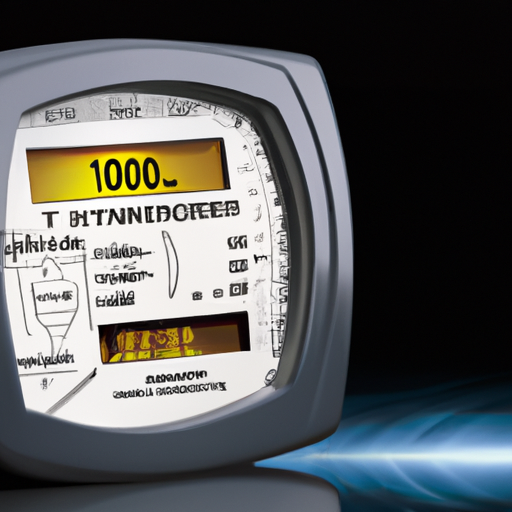
Energy Efficiency
Growing focus on energy conservation and efficiency programs
Energy conservation and efficiency programs have gained significant importance in recent years due to the need to reduce energy consumption and carbon emissions. Utilities and governments are promoting energy efficiency through initiatives such as energy audits, energy-efficient appliance rebates, and demand-side management programs. These programs aim to educate consumers about energy-saving practices, provide financial incentives for energy-efficient upgrades, and encourage the use of energy-efficient technologies.
Incentives for energy-efficient technologies
To encourage the adoption of energy-efficient technologies, governments and utilities offer various incentives. These incentives can include rebates or subsidies for energy-efficient appliances, lighting, and HVAC systems. Some jurisdictions also provide tax credits or exemptions for homeowners or businesses that invest in energy-saving measures. These incentives help lower the upfront costs of energy-efficient technologies and make them more accessible to a broader range of consumers. By promoting the use of energy-efficient technologies, utilities can reduce overall energy demand and contribute to a more sustainable energy future.
Demand-side management initiatives
Demand-side management initiatives are essential for optimizing energy usage and reducing peak demand. Utilities implement demand-side management programs to incentivize customers to shift their energy consumption from peak to off-peak hours. Time-of-use pricing and critical peak pricing encourage consumers to adjust their energy usage patterns to align with periods of lower demand or higher renewable energy production. Demand response programs also allow utilities to remotely adjust energy consumption during peak demand events, reducing strain on the grid and avoiding the need for additional power generation.
Resilience and Grid Security
Addressing cybersecurity threats in the utility sector
With the increasing digitalization and interconnectedness of utility infrastructure, ensuring grid security and addressing cybersecurity threats is of paramount importance. Utilities must invest in robust cybersecurity measures to protect their systems from cyberattacks that could disrupt energy supply or compromise the integrity of the grid. This includes implementing sophisticated firewalls, intrusion detection systems, and encryption protocols. Regular security audits and employee training programs are also crucial to maintain vigilance and strengthen defense against potential threats.
Improving grid resilience against natural disasters
Grid resilience is crucial to ensure uninterrupted energy supply during and after natural disasters. Extreme weather events such as storms, hurricanes, or wildfires can cause severe damage to the grid, leading to power outages and prolonged downtime. Utilities are focusing on improving the resilience of their infrastructure by implementing measures such as underground power lines, microgrid systems, and backup generation facilities. By investing in infrastructure that can withstand natural disasters, utilities can minimize the impact on customers and facilitate a quicker recovery.
Emergency response and disaster recovery strategies
Utilities must have robust emergency response and disaster recovery strategies in place to minimize downtime and restore power quickly after disruptive events. Well-coordinated emergency response plans ensure effective communication, efficient resource allocation, and timely restoration efforts. Utilities collaborate with local authorities, emergency services, and other stakeholders to prepare for potential disasters and develop plans for evacuation, damage assessment, and restoration prioritization. Regular drills and simulations help identify areas for improvement and ensure a swift and effective response in real-life situations.
Workforce Transformation
Impacts of automation and AI on utility jobs
Automation and artificial intelligence (AI) are transforming the utility industry and impacting the workforce. The increased adoption of smart grid technologies and digital solutions has the potential to automate routine tasks, leading to job displacement in certain areas. However, automation also creates new job opportunities in fields such as data analysis, system optimization, and cybersecurity. While some traditional utility jobs may become obsolete, the industry will require a workforce with skills in emerging technologies to support the implementation and maintenance of advanced systems.
Retraining and upskilling the workforce
To ensure a smooth transition and minimize the negative impacts of automation, utilities must invest in retraining and upskilling their workforce. Existing employees can be provided with training programs to develop new skills required in the changing utility landscape. For example, workers can be trained in data analytics, cybersecurity, or renewable energy technologies. Additionally, partnerships with educational institutions can help bridge the skills gap by offering specialized courses or apprenticeship programs tailored to the needs of the industry.
New roles and skills required in the industry
The utility industry is evolving, and new roles and skills are emerging as a result. Data analysts and scientists are becoming increasingly important to analyze the vast amounts of data collected by smart grid systems and make informed decisions. Cybersecurity experts play a crucial role in protecting utility infrastructure and customer data from potential threats. Renewable energy technicians are in high demand to install and maintain solar panels, wind turbines, and energy storage systems. As the industry embraces digital technologies, skills such as programming, automation, and AI will be essential for the workforce to adapt and excel in their roles.
Regulatory Environment
Evolving regulations and policies shaping the utility sector
The utility sector operates within a framework of regulations and policies that shape its operations and drive industry transformation. Governments and regulatory bodies are continuously reviewing and evolving these regulations to keep pace with technological advancements and changing market dynamics. For example, regulatory frameworks may set renewable energy targets, establish guidelines for grid interconnection of distributed energy resources, or promote energy efficiency initiatives. Utilities must stay informed about the evolving regulatory environment and comply with the requirements to ensure seamless operations and adapt to the changing industry landscape.
Promoting competition and market reforms
In some regions, regulatory reforms aim to promote competition and create a more open and competitive energy market. This includes unbundling utilities’ functions, allowing independent power producers to enter the market, and implementing market-based pricing mechanisms. These reforms enhance market efficiency, encourage innovation, and give consumers more choices in selecting their energy providers. However, balancing competition with the need for reliable and affordable energy supply is a challenge that regulators must navigate effectively to ensure a sustainable and equitable electricity market.
Balancing energy affordability and sustainability
Regulators face the ongoing challenge of balancing energy affordability and sustainability in the utility industry. While the transition to renewable energy sources and the implementation of advanced technologies may drive up costs initially, the long-term benefits in terms of reduced emissions and energy independence are significant. Policymakers and regulators must strike a delicate balance to ensure that energy remains affordable for consumers while supporting the necessary investments in infrastructure, innovation, and sustainability. This requires careful consideration of pricing mechanisms, incentives, and subsidies to create a financially viable and environmentally responsible energy sector.
